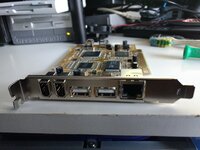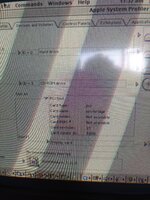Phipli
Well-known member
Don't use Stuffit to extract zips, it isn't the best at it.Thanks, I seem to have an issue with Maczip I cant seem to just drop the Zip file on the icon or on an alias of Maczip, it just moves the file to the same location. I think this is where my problem lies because I'm having to use the maczip gui to extract it.
If I bring the zip file over to the Stuffit expander Alias the icon goes dark has expected and when I let go it unpack it but not how Maczip would, so I'm trying to see what I'm not doing correctly
I'd suggest redownloading maczip. Grab a copy here.
The big thing with Mac files is not to move them via non-macs uncompressed, so don't open the file until it is on a Mac, and don't move it via a PC or PC formatted disk (or PC style network) once you expand it.
PCs don't understand the structure of Mac files and strip out important data. Using file formats like hqx protects the contents.




